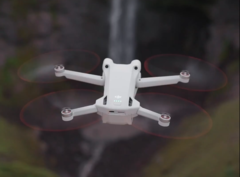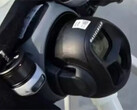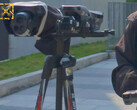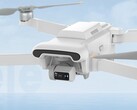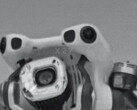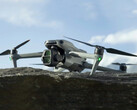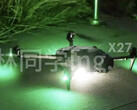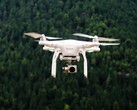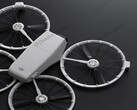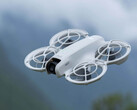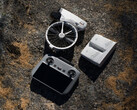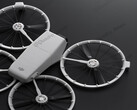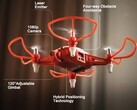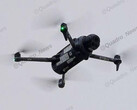Geofencing has long been a feature in DJI drones to protect the company and drone operators using its drones from accidentally flying in what are colloquially called no-fly zones. DJI's GEO system historically prevented drone operators from flying their drones in restricted FAA airspace — generally, nearby airports, military areas, or key government installations, like the White House.
Now, however, the drone maker has announced an update to its GEO system that will, as of January 13, 2025, remove this automatic geofencing, replacing the system with a relevant warning to drone operators. In the new software update for both DJI drones and the DJI Fly and DJI Pilot companion apps, the previously restricted zones will be known as Enhanced Warning Zones. As such, drone operators will receive an on-screen warning when they are in or near restricted airspace or no-fly zones, and it will be up to them to respect that.
At first glance, it's easy to dismiss this change as a result of DJI facing a potential US ban next year, however, it comes after DJI made the same move in the EU and the UK last year. The main motivator for the change is that aviation and legal authorities have started adopting Remote ID solutions to help identify drones illegally operating in restricted airspace and enforce those restrictions.
Check out the 135 g DJI Neo (curr. $199 on Amazon), which comes in under the 250 g, making it operable without a licence.




